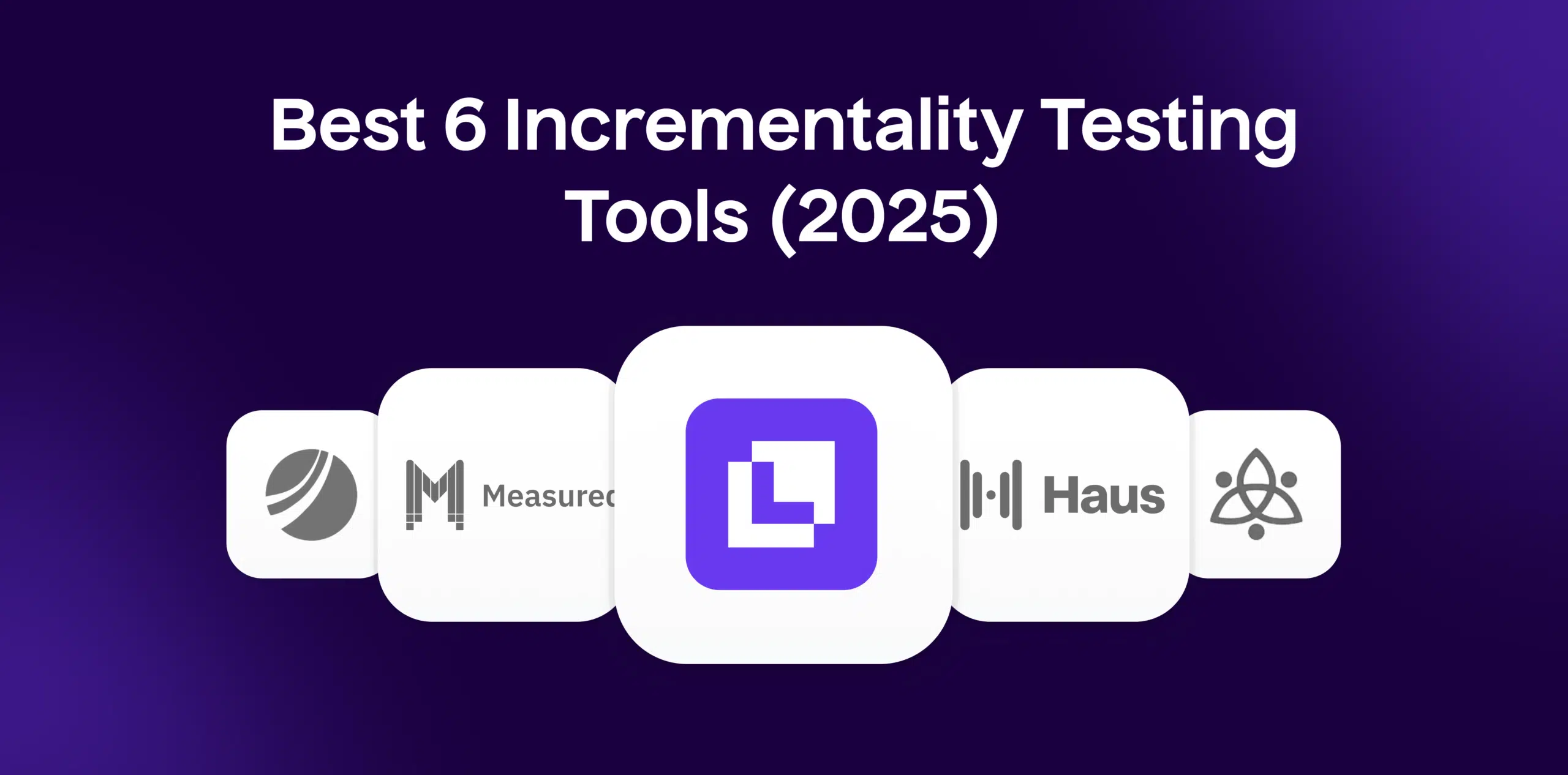What is CLTV (Customer Lifetime Value)?
Customer Lifetime Value (CLTV) is an ecommerce metric which tracks the total profit made by a customer over the entire duration of their customer relationship. It is a useful tool to measure whether an investment in customer acquisition is actually paying off over time. It takes into consideration not only the direct revenue from a sale, but also any future sales or revenue from the customer. It is key for businesses to understand the CLTV of their customers, as it can be used to make key decisions on marketing and customer acquisition strategies.
Formula
CLTV = Average Order Value (AOV) x Purchase Frequency (PF) x Customer Lifespan (CL)
Example
Let’s consider an ecommerce business called “Elegant Shoes” that sells luxury footwear online. Here’s the data for calculating CLTV:
Average Order Value (AOV): $200
Purchase Frequency (PF): 3 times per year
Customer Lifespan (CL): 5 years
Using the formula, we can calculate the Customer Lifetime Value (CLTV):
CLTV = $200 (AOV) * 3 (PF) * 5 (CL)CLTV = $3000.
Therefore, the Customer Lifetime Value for Elegant Shoes would be $3000 in this example. This means that, on average, each customer is expected to generate $3000 in revenue over their lifetime as a customer of Elegant Shoes.
Why is CLTV important?
CLTV is an important metric to track in ecommerce as it helps businesses to understand the value of their customers and make decisions on how to grow their business based on this. By understanding the CLTV of a customer base, businesses can decide how much to invest in customer acquisition, retention, and marketing strategies to ensure long-term success.
Which factors impact CLTV?
The main factors that impact CLTV are customer acquisition costs, customer retention rate, average sale amount, number of purchases per customer, and average length of customer relationship. By analysing these factors, businesses can identify where they can make the necessary changes to improve CLTV.
How can CLTV be improved?
One of the main ways businesses can improve their CLTV is by focusing on customer retention. Retention strategies such as loyalty programs, personalised discounts and regular incentives are a great way to enhance customer loyalty and boost CLTV. Additionally, understanding customer behaviour is also important as it can tell you where your customer base is coming from and how often customers return. By making improvements to the customer journey, businesses can ensure customers coming online and making more frequent purchases.
What is CLTV’s relationship with other metrics?
CLTV has a positive correlation with metrics such as Lifetime Customer Revenues and Customer Retention Rate, as a higher CLTV would be correlated with high revenues as customers make more purchases and remain loyal to the business over time. CLTV also has a negative correlation with Customer Churn Rate, as a higher churn rate would result in a lower CLTV score.
Free essential resources for success
Discover more from Lifesight
























































